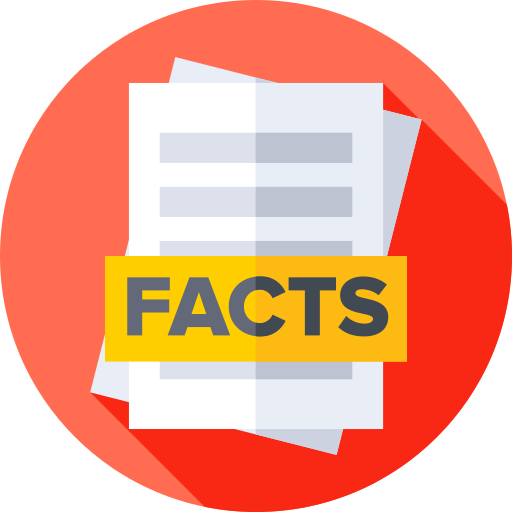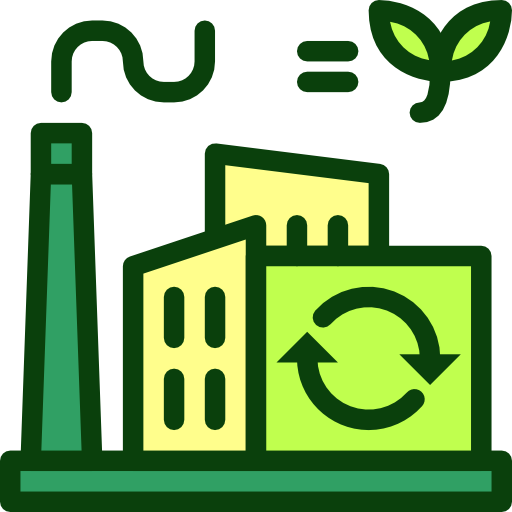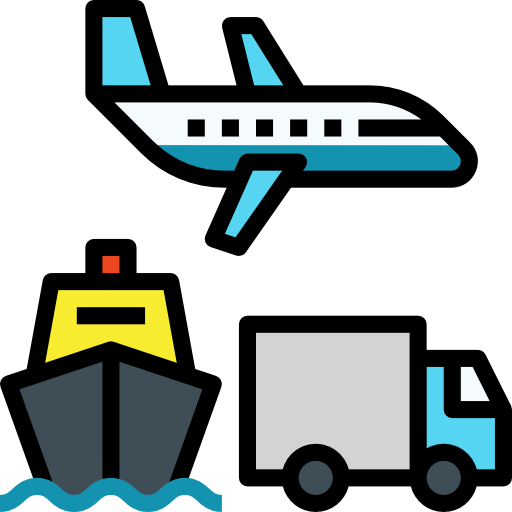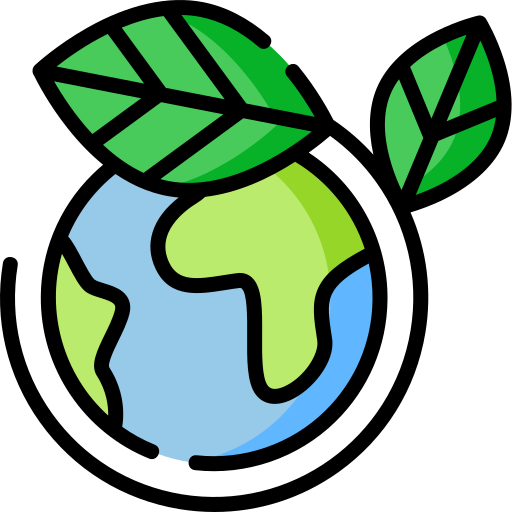Morocco - Environment
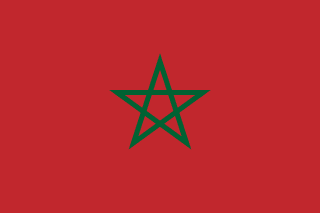
As far as the environment of Morocco is concerned, there have been . As for nvironment - international agreements, we have; .
About the environment of Morocco
| Climate | We have Mediterranean in the north, becoming more extreme in the interior; in the south, hot, dry desert; rain is rare; cold offshore air currents produce fog and heavy dew |
|---|---|
| Revenue from forest resources | |
| Revenue from coal | |
| Waste and recycling | Municipal solid waste generated annually: 6.852 million tons (2014 est.) |
| Total renewable water resources | 29 billion cubic meters (2020 est.) |
| Major rivers (by length in km) | |
| Total water withdrawal | |
| Municipal | 1.06 billion cubic meters (2020 est.) |
| Industrial | 210 million cubic meters (2020 est.) |
| Agricultural | 9.16 billion cubic meters (2020 est.) |
| Air pollutants | |
| Particulate matter emissions | 13.44 micrograms per cubic meter (2019 est.) |
| Carbon dioxide emissions | 61.28 megatons (2016 est.) |
| Methane emissions | 17.16 megatons (2020 est.) |
| Land Use | |
| Agricultural land | 67.9% (2022 est.) |
| Agricultural land: arable land | arable land: 16.8% (2022 est.) |
| Agricultural land: permanent crops | permanent crops: 4% (2022 est.) |
| Agricultural land: permanent pasture | permanent pasture: 47.1% (2022 est.) |
| Forest | 12.9% (2022 est.) |
| Other | 19.2% (2022 est.) |
| Urbanization | |
| Urban population | 65.1% of total population (2023) |
| Rate of urbanization | 1.88% annual rate of change (2020-25 est.) |
| Major urban areas (Pop) | 3.893 million Casablanca, 1.959 million RABAT (capital), 1.290 million Fes, 1.314 million Tangier, 1.050 million Marrakech, 979,000 Agadir (2023). |
All Important Facts about Morocco
Want to know more about Morocco? Check all different factbooks for Morocco below.
